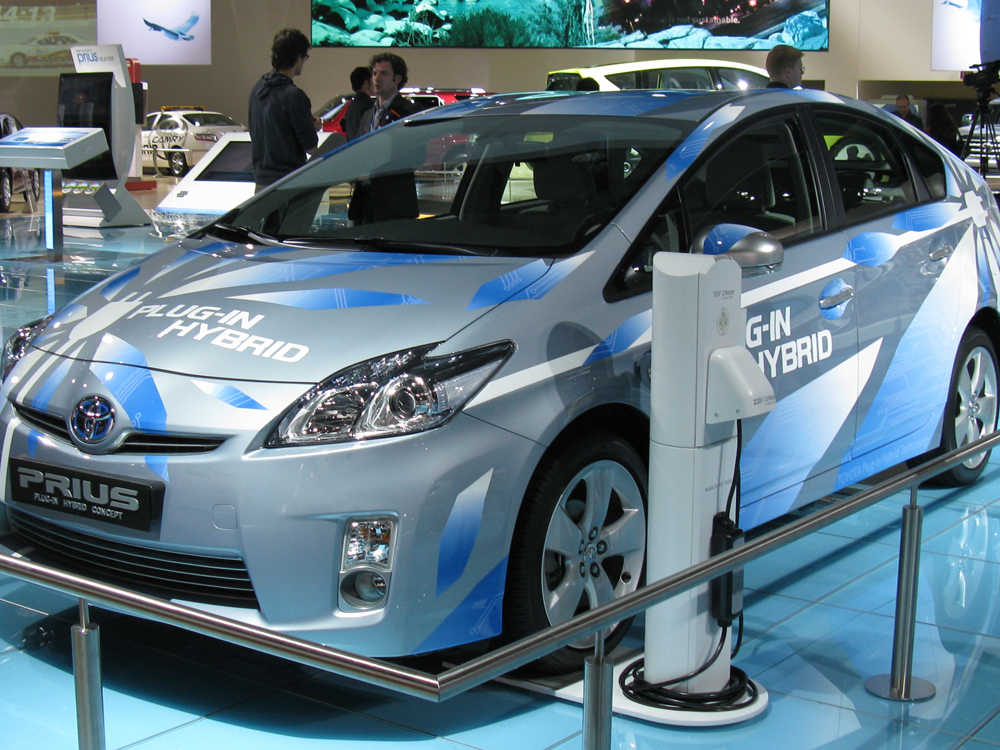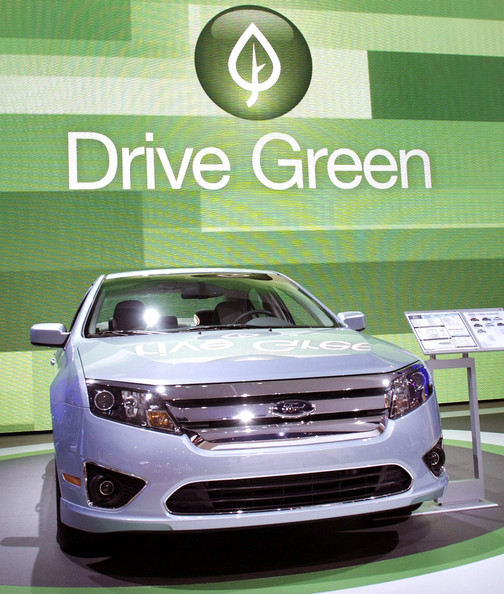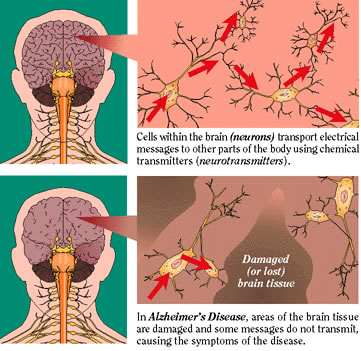
Whether global warming is real or a fallacy, it never hurts to be efficient in the automotive realm.
Automotive companies are striving to become more efficient, though not by choice. The Environmental Protection Agency (EPA) and the National Highway Traffic Safety Administration (NHTSA) are forcing car companies to raise their standards.
Starting in 2012, fuel efficiency standards will increase by five percent every year until 2016. If car manufacturers and vehicle fleets can not achieve a minimum of approximately 35 miles per gallon (MPG), they will not be produced. Car manufacturers can achieve these goals by using the latest technologies available in the market.
The 2010 North American International Auto Show launched in Detroit has made its way to the Jacob Javits Center in New York City. This year’s show was different than previous years.
Automotive manufacturers took a green initiative by reducing waste and only providing information to those interested in a specific vehicle by request.
A few well-known companies have already started to make their fuel efficiency goals a reality. Honda, Ford, Mercedes-Benz and Porsche are giving more options to potential buyers. These companies have been producing hybrid cars, clean diesel fuel and alternative fuels such as natural gas and hydrogen.
Unfortunately, there are companies that have yet to show enthusiasm in this green technology movement. General Motors (GM) and Nissan fall into this category. Although they boasted bloated vehicles with high horsepower and low MPG ratings at the New York auto show, these companies are only providing a small amount of hybrid models.
 However, don’t cross GM or Nissan off the list just yet. Both companies will produce battery-powered cars in the near future.
However, don’t cross GM or Nissan off the list just yet. Both companies will produce battery-powered cars in the near future.
Chevrolet has already produced the Volt, a gas and battery combination vehicle. If the battery is fully charged, the driver will be able to go 40 miles before switching to gas power. Nissan offers the Leaf–a car that can travel 100 miles with a fully charged battery at a top speed of 90 miles per hour.
On the other hand, the worst company at the show was Chrysler. This company has been struggling for years and recently merged with Fiat. There were no hybrid Chryslers, Dodges or Jeep vehicles at the show.
Battery powered vehicles will be hitting the streets in the near future. The west coast will be the first to experience electrical charging stations. At-home kits will also be available for a driver to charge a vehicle overnight. Approximately 240 volts and eight hours are needed to fully charge a vehicle.
It is great to see other options available for new vehicles, leaving us less dependent on foreign oil. The only issue is overlooking the fact that we are still going to be plugging into the grid to charge our cars. Most power plants still use fossil fuels to produce the electricity we consume. If we begin to consume more electricity, power plants will have to generate more energy for us to use and, in turn, will have to consume more fossil fuels to deliver it.
This movement is a quick fix–not a solution. But if we really want to be efficient, Americans need to think about scaling back.
